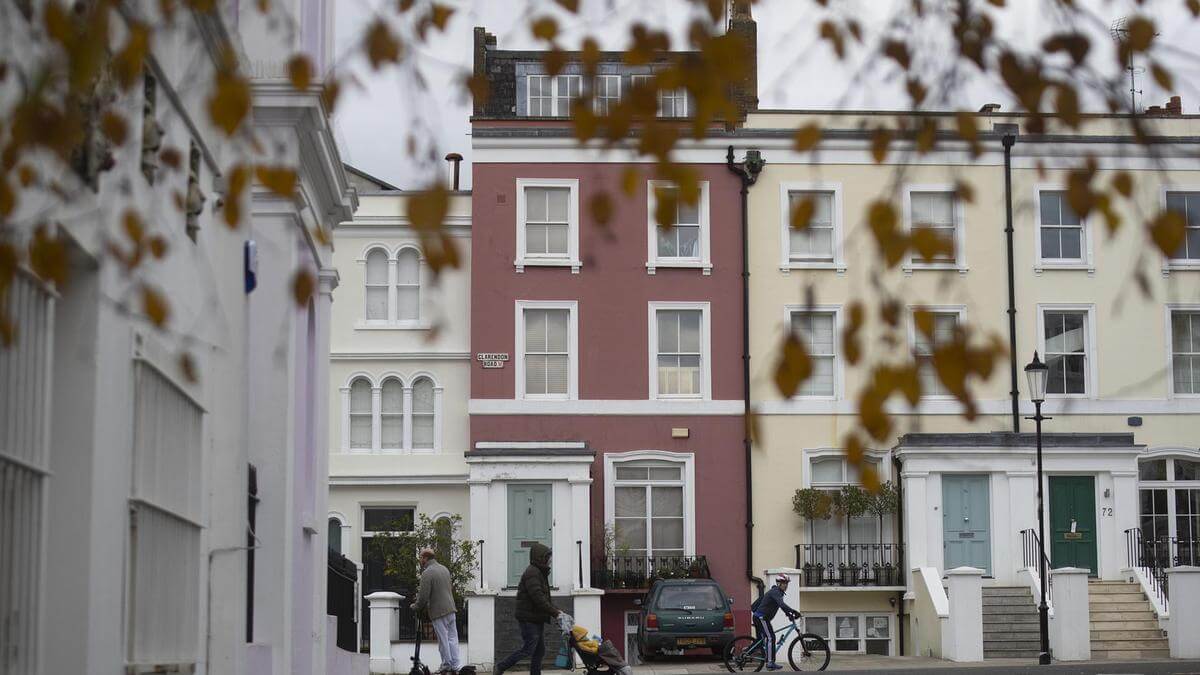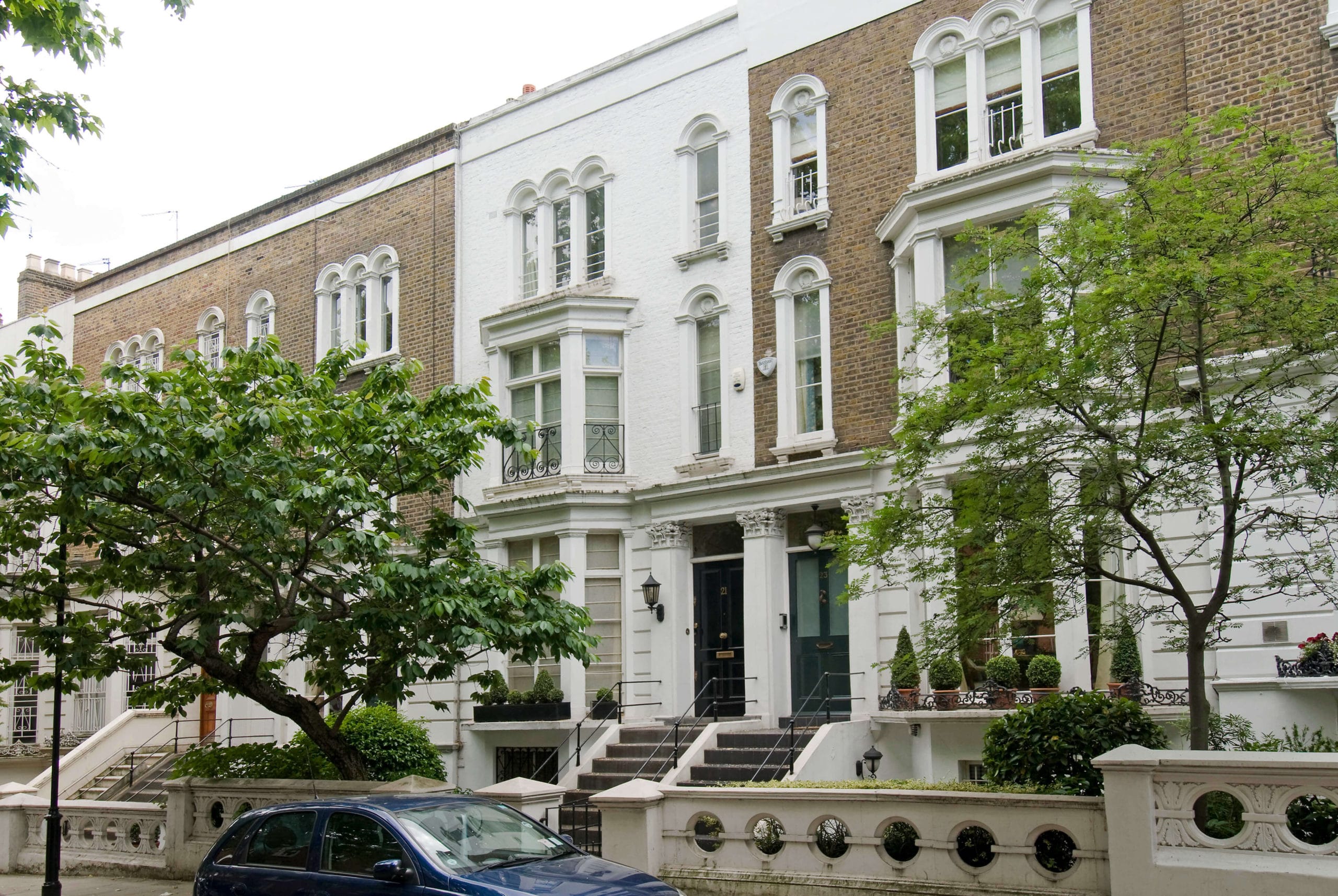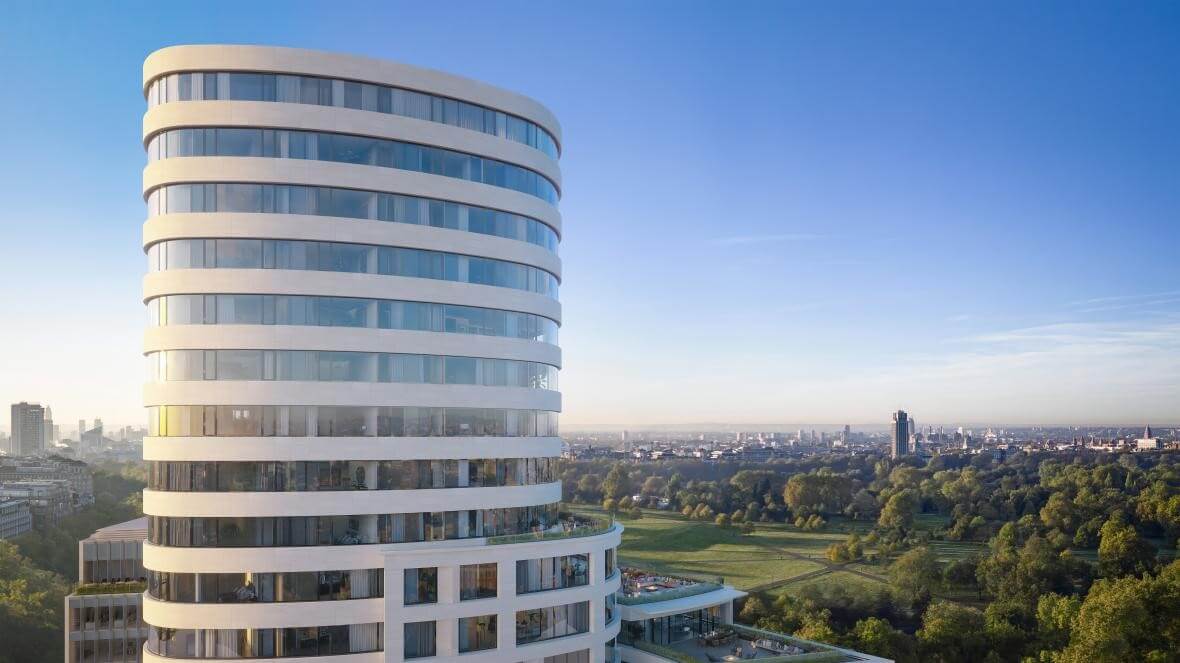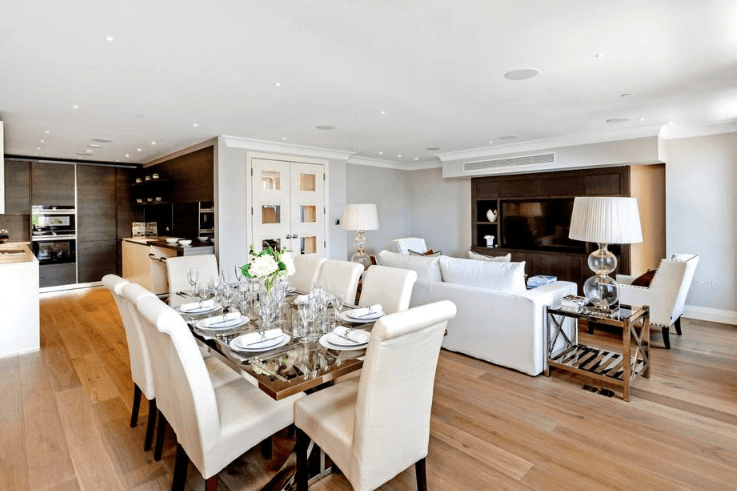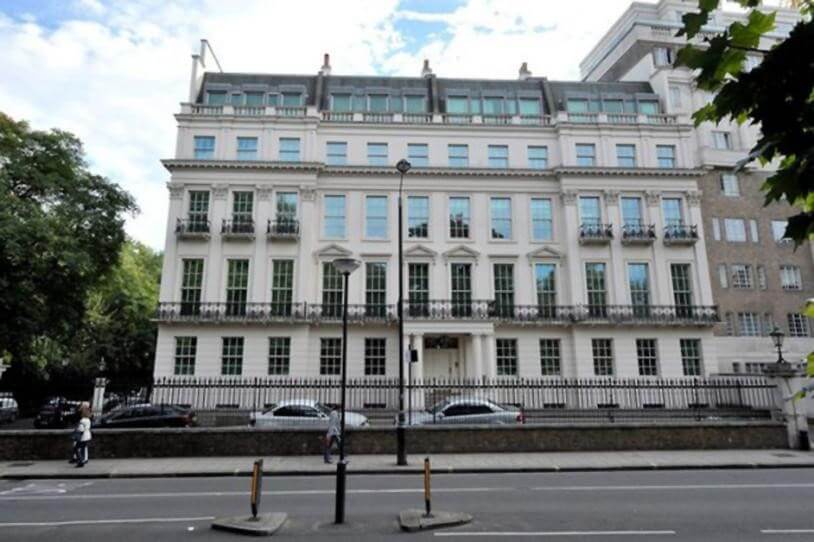By Matthew Lane
The property predictions for 2021 continue to roll in, as the sector looks ahead to the upcoming 12 months.
Here, we get the thoughts of leading property developer GRE Assets and leading, independent buying agency Black Brick, on where the market will go next year.
A promising start to 2021
GRE Assets believes that, with pent-up demand after Lockdown 2.0 and promising news surrounding a Covid-19 vaccine, the UK property market should expect an encouraging start in 2021.
Michael El-Kassir, managing director of GRE Assets, which specialises in residential property development and regeneration in strategic locations across the UK and Spain, below explains what the company has experienced in the latter half of 2020 and how he believes this will inform the market as we approach 2021.
“As 2020 draws to a close, the market is showing continued growth with interest from both buyers and renters in new-build developments located in towns and cities undergoing major regeneration,” he comments.
“This trend directly aligns with our criteria for identifying investment locations which offer affordability, transport connections and ongoing regeneration, as seen in our Ashford and Peterborough projects.”
He says, with the imposed lockdown restrictions meaning people have spent much more time at home this year, this has led to a distinct rise in the number of people seriously considering their next property move.
“Low interest rates, the existing Help to Buy scheme and stamp duty incentives have also created a sense of urgency,” he adds.
“The pandemic has been a wake-up call for prospective buyers and renters, who have reassessed their priorities when looking for their next home. Not only are they spurred on to make the leap from London, they also recognise the importance of having access to green space, whether that is nearby parks, balconies, terraces, and gardens.”
El-Kassir also points to the vast shift in the working world, as employees and companies have adapted (in many cases seamlessly) to working from home.
“While people will return to the office as the latest restrictions ease, we strongly believe businesses will continue to work flexibly moving forward, meaning adaptable
space and connectivity at home is of high importance for new homeowners,” he explains.
“At GRE Assets we pride ourselves on delivering high-quality, well-connected homes which respond to residents’ long-term and short-term needs. Our Riverside Park project in Ashford is a great example of this. The provision of outdoor space, Hyperoptic broadband and space to work from home has proven to be especially popular in 2020, and we are confident this will continue into the new year.”
In particular, he thinks the South East will continue to be one to watch in 2021, with GRE witnessing increased demand and lack of supply in this area post-lockdown.
“While UK-wide we have seen a rise in house prices and activity, it is the South East that really stands out,” he insists.
“The region offers the near-perfect package of high-quality, affordable homes in popular regeneration areas with excellent connectivity to London. Demand here is currently outstripping supply, which is something we intend to continue to address as we head into 2021.”
The company already has properties available in Ashford, and is exploring other opportunities across Kent and the wider South East, to ensure its clients ‘receive the best investment options’.
GRE Assets also anticipates that the recent news of the successful Covid-19 vaccine trials will kickstart a positive wave from house hunters, as people can start to see the end in sight and are, as a consequence, more confident about planning ahead.
“Even though we know the vaccines will not be rolled out to all for a number of months, it is enough to give people the hope they need to start their property searches. The news is likely to provide a green light for people that were previously apprehensive and boost buyer confidence within the market as we move into 2021.”
GRE Assets has a number of key developments in its UK portfolio, including Nene Wharf Apartments in Peterborough, Riverside Park in Ashford, Brighton Marina, City Tower in Reading and One Smithfield Square in Manchester. Additionally, it can point to Brises Diagonal Mar, Bac De Roda and Morales in Barcelona.
As well as its UK operations, the Oxford-based property development and investment company has an ever-expanding international operation, with additional offices in Riyadh, Dubai, Barcelona and Madrid.
Predictions and trends for 2021
